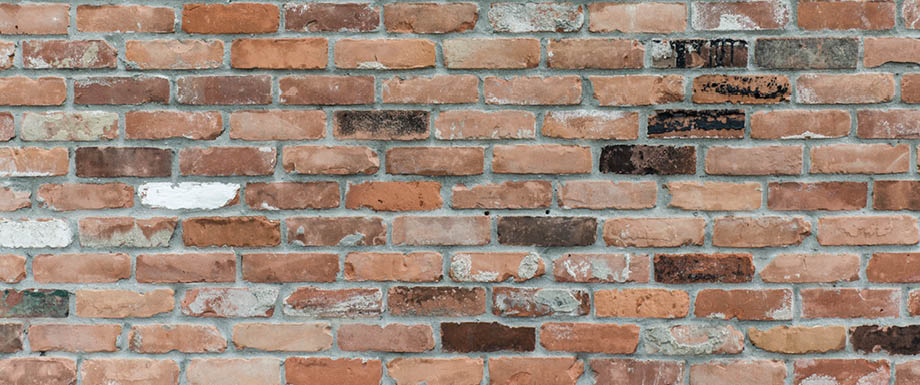15/09/2023
The return to school over the last week has been overshadowed by the Reinforced Autoclaved Aerated Concrete (RAAC) crisis.
In June we reported on the extension of the government’s inquiry into the use of RAAC to cover the entire public sector estate. The extent of the problem in schools is now clear, with approximately 156 school affected, many of which have been able to put mitigation measures in place to allow pupils back into school for the start of term.
Whilst the government school system has benefited from a national survey programme, other sectors are left wondering what, if anything, they should be doing.
A lightweight, low-cost and readily available material, RAAC was often used in the construction of low-rise, public sector buildings, such as schools, hospitals, offices, housing, leisure facilities and military buildings between the 1950s and the 1990s. The issue is not confined to the public sector however, with many of those buildings now transferred to the private sector.
The potential scale of the issue right across the country is challenging, given the number of buildings that need inspection. We are advising a number of clients across all sectors on RAAC on the following issues:
- The legal duties to protect the health and safety of those occupying or using buildings
- The duty to assess buildings for RAAC and to take the required actions where RAAC is found
- The consequences of failing in those duties
- Information gathering for property portfolios so that buildings containing RAAC are identified as quickly as possible
- The instruction of technical surveyors to assess, on a risk basis, the extent of RAAC within buildings and the remedial works required
- The steps to be taken to mitigate against any action by the HSE or other regulator
- The potential for recovery of any remedial works costs
- The need to liaise with insurers and comply with policy requirements
- The importance of emergency preparedness
- In tenanted buildings, establishing the following:
- who is responsible for undertaking the necessary investigations, and does the person responsible have the necessary access rights to the building, and
- where responsibility sits for the undertaking and funding of any works identified as necessary by the technical investigations
- Communications with employees, tenants, patients and the wider public.
Given the known vulnerabilities of RAAC, making it susceptible to structural collapse, we are urging all of our clients to consider this matter at Board level with urgency.
If you require any support with these issues, please contact Adam Kendall, Louise Mansfield, Louise Robling, Steven Eccles, or Judith Hopper.


